Stretching for Longevity: The 3 Muscle Groups That Matter Most
Hi Friend,
If I told you there was one simple habit you could do daily to move better, feel better, and even support longevity—would you try it? Science says stretching isn’t just for athletes; it’s a key to keeping your body vibrant as you age. Regular stretching enhances circulation, reduces stiffness, and helps prevent those aches and pains that sneak up over time.
The Game-Changers: PNF Stretching & Flossing
Before we get into the stretches, let’s talk about two powerful techniques that can take your flexibility and mobility to the next level:
PNF Stretching (Proprioceptive Neuromuscular Facilitation): This method involves contracting and relaxing a muscle while stretching it. The contraction signals your nervous system to let go, allowing for a deeper stretch. While often done with a partner, you can also do it solo with a resistance band or by pressing against the floor or a wall.
Flossing (Nerve Gliding): This technique involves small, controlled movements to gently “floss” nerves through tight or restricted tissue, reducing stiffness and improving mobility. It’s especially helpful for areas like the hips, hamstrings, and spine.
Now, let’s apply these methods to three key muscle groups that need daily attention.
1. Hip Flexors: Your Built-in Shock Absorbers
If you sit for long periods (hello, work-from-home life), tight hip flexors can lead to lower back pain and posture issues. Keeping them mobile is a game-changer for movement and comfort.
PNF Hip Flexor Stretch
Get into a half-kneeling lunge (one knee on the ground, the other foot forward).
Shift your weight forward slightly until you feel a stretch in the front of your hip.
Gently push your back knee into the floor and squeeze your glutes for 5 seconds.
Relax, then sink a little deeper. Repeat 3 times per side.
Flossing Hip Flexor Stretch
In the same half-kneeling position, gently rock your hips forward and back in a small, controlled motion.
Repeat 10-15 times per side to improve hip mobility.
2. Hamstrings: The Cables That Control Your Movement
Tight hamstrings can pull on your lower back and limit your ability to bend, walk, or even stand comfortably.
PNF Hamstring Stretch
Lie on your back with one leg extended and the other raised, foot flexed.
Loop a towel, strap, or band around the raised foot and gently pull your leg toward you.
Press your foot against the strap for 5 seconds, resisting the stretch.
Relax, then pull your leg slightly closer. Repeat 3 times per side.
Flossing Hamstring Stretch
Stand and place one foot on an elevated surface (bench or low chair).
Instead of holding a static stretch, gently bend and straighten your knee in small movements.
Repeat 10-15 times per side for smooth nerve gliding.
3. Thoracic Spine: Your Mobility Powerhouse
A stiff upper back limits your ability to rotate, reach, and even breathe deeply. Keeping your thoracic spine mobile ensures full-body movement efficiency.
PNF Thoracic Rotation Stretch
Sit or get on all fours.
Place one hand behind your head, elbow pointing outward.
Rotate your torso upward, opening your chest. Hold for 5 seconds.
Resist slightly by pushing your elbow against your free hand, then relax and rotate deeper.
Repeat 3 times per side.
Flossing for Thoracic Spine Mobility
Perform Cat-Cow stretches on all fours: arch your back up, then dip your chest forward.
Repeat 10-15 times to improve upper back flexibility.
When to Stretch & How Long?
The best time to stretch? It depends on your goals!
Before activity: Use dynamic stretching and flossing for 5-10 minutes to prep your body.
After activity: Focus on deeper static and PNF stretching for 10-15 minutes to aid recovery.
Daily routine: A short stretch session in the morning or before bed can do wonders for mobility.
Think of stretching like brushing your teeth—small, consistent efforts lead to a lifetime of movement freedom. A little bit every day adds up!
So, where will you start? Pick one stretch today and let me know how it feels!
Until next time. Keep moving, keep stretching, and take care of yourself.
In love & alignment,
Maddie


